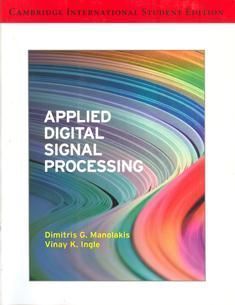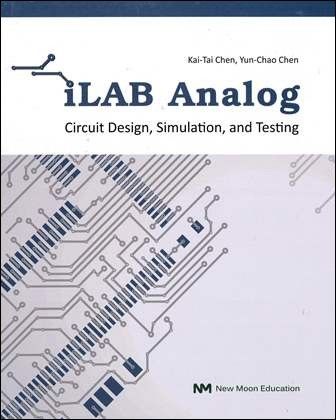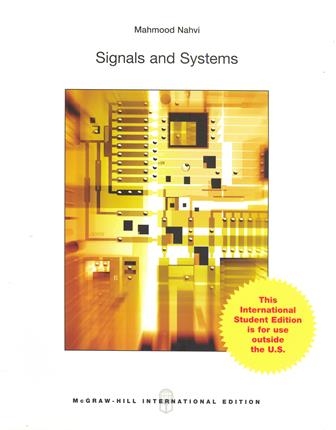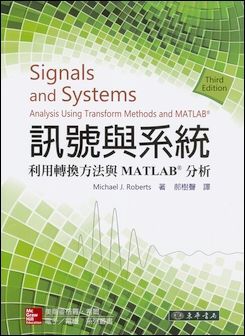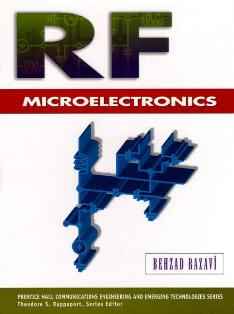書籍分類
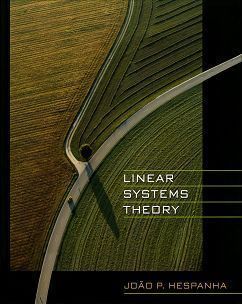
Linear Systems Theory
作者:Joao P. Hespanha
原價:NT$ 1,400
ISBN:9780691140216
版次:1
年份:2009
出版商:W. W. Norton & Co.
頁數/規格:263頁/精裝單色
版次:1
年份:2009
出版商:W. W. Norton & Co.
頁數/規格:263頁/精裝單色
內容介紹 目錄 作者介紹
- Description
- Easy-to-use textbook in unique lecture-style format
- Sidebars explain topics in further detail
- Annotated proofs and discussions of MATLAB commands
- Balanced chapters can each be taught in two hours of course lecture
- Solutions to exercises available to instructors
Linear systems theory is the cornerstone of control theory and a well-established discipline that focuses on linear differential equations from the perspective of control and estimation. In this textbook, Joao Hespanha covers the key topics of the field in a unique lecture-style format, making the book easy to use for instructors and students. He looks at system representation, stability, controllability and state feedback, observability and state estimation, and realization theory. He provides the background for advanced modern control design techniques and feedback linearization, and examines advanced foundational topics such as multivariable poles and zeros, and LQG/LQR.
The textbook presents only the most essential mathematical derivations, and places comments, discussion, and terminology in sidebars so that readers can follow the core material easily and without distraction. Annotated proofs with sidebars explain the techniques of proof construction, including contradiction, contraposition, cycles of implications to prove equivalence, and the difference between necessity and sufficiency. Annotated theoretical developments also use sidebars to discuss relevant commands available in MATLAB, allowing students to understand these important tools. The balanced chapters can each be covered in approximately two hours of lecture time, simplifying course planning and student review. Solutions to the theoretical and computational exercises are also available for instructors.



